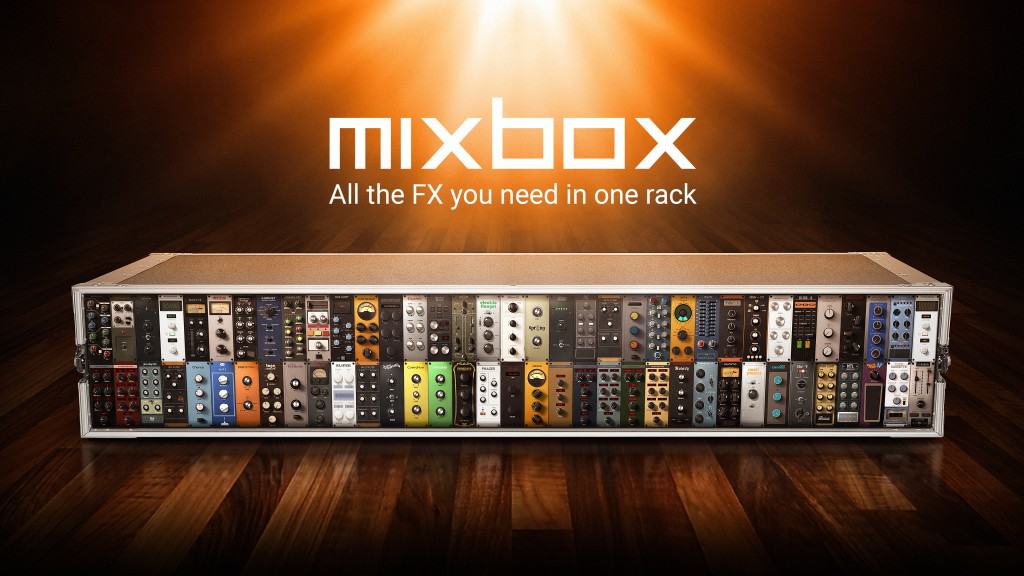MelodicFlow by FeelYourSound Review
MelodicFlow assists you to produce melodic parts and helps you to prevent wrong notes played. With this tool, you can focus on melodic rhythms instead of being worried about your not so excellent piano skills. MelodicFlow provides different modes and over 300 scales. We reviewed Sundog Song Studio 3.2 from FeelYourSound earlier.
The market for tools that generate MIDI and melodies is getting fuller. This is one of the many tools available these days. FeelYourSound did send a review copy with no strings attached.
Installation
Some words about installing, mention needed additional software like Full version of Kontakt
Sound
MelodicFlow changes your melodies to the right notes. MelodicFlow looks at the chords that you play and transforms your performance into the correct notes. I did use MelodicFlow to produce new melodies without being a good piano player.
It is a tool that for electronic songwriting, create a chord progression. The results are when recorded capture on the destination instrument as midi. With this tool, you can build your personal library of MIDI phrases. Ready to be recycled in many projects as an idea.

Tools like MelodicFlow this one encourage you to come up with new ideas and leave your comfort zone where you use the same chord and progression that you tent to use in many scores.
User interface & Usability
It is easy to grasp interface. You would use the midi routing to feed into other virtual instruments. The way you would set up is that you route the midi signals from your keyboard to MelodicFlow and then send the midi information to the virtual instrument used, for example, Kontakt, Falcon or any additional software synth (or Hardware synth).

MelodicFlow Workflow:
- Add the plugin MelodicFlow as an instrument in your DAW
- Perform a chord on the lower half of the keyboard
- Use the white note on the upper half of the keyboard
If you are interested in more details pls find the manual here.

MelodicFlow operates in different modes:
- Chords:
Only the chord notes that are played on the left side of the keyboard are used to calculate the output notes. Useful for arpeggios, basslines, simple background melodies. - Chords + scale:
The output notes are calculated from all the notes of the current chord and the notes of the chosen scale. The first white box will always start on the first chord note. Useful for melodies that concentrate on the bass note of the current chord and need to be more complex than simple arpeggios. - Scale:
Only the notes of the chosen scale will be used, the chord notes are ignored. Useful for lead melodies. - Scale + chords:
The output notes are calculated from all the notes of the current chord and the notes of the chosen scale. The first white box will always start on the root note of the scale. Useful for lead melodies. - Chords + scale (safe):
The output notes are calculated from the notes of the current chord and the notes of the chosen scale. The chord notes and the root note of the scale are used in all cases. The rest of the scale notes are only used if they are at least two semitones away from other notes. This makes sure that only “harmonic” notes are available as possible output notes. The first white box will always start on the first chord note. Useful for harmonic melodies that concentrate on the bass note of the current chord. - Scale + chords (safe):
The output notes are calculated from the notes of the current chord and the notes of the chosen scale. The chord notes and the root note of the scale are used in all cases. The rest of the scale notes are only used if they are at least two semitones away from other notes. This makes sure that only “harmonic” notes are available as possible output notes. The first white box will always start on the root note of the scale. Useful for harmonic, catchy lead melodies. - Scale from chord bass:
The output notes are calculated from the first note of the current chord and the notes of the chosen scale. The first white box will always start on the first chord note. Useful for basslines that concentrate on the bass note of the chord, but need to walk up or down the scale from time to time.
Rating: Four out of five stars
MelodicFlow allows the normal piano player that is not classicly trained to compose better melodies and at the end create a song. It is an excellent tool when you need to produce tuneful melodies, hooks, and arpeggios.










